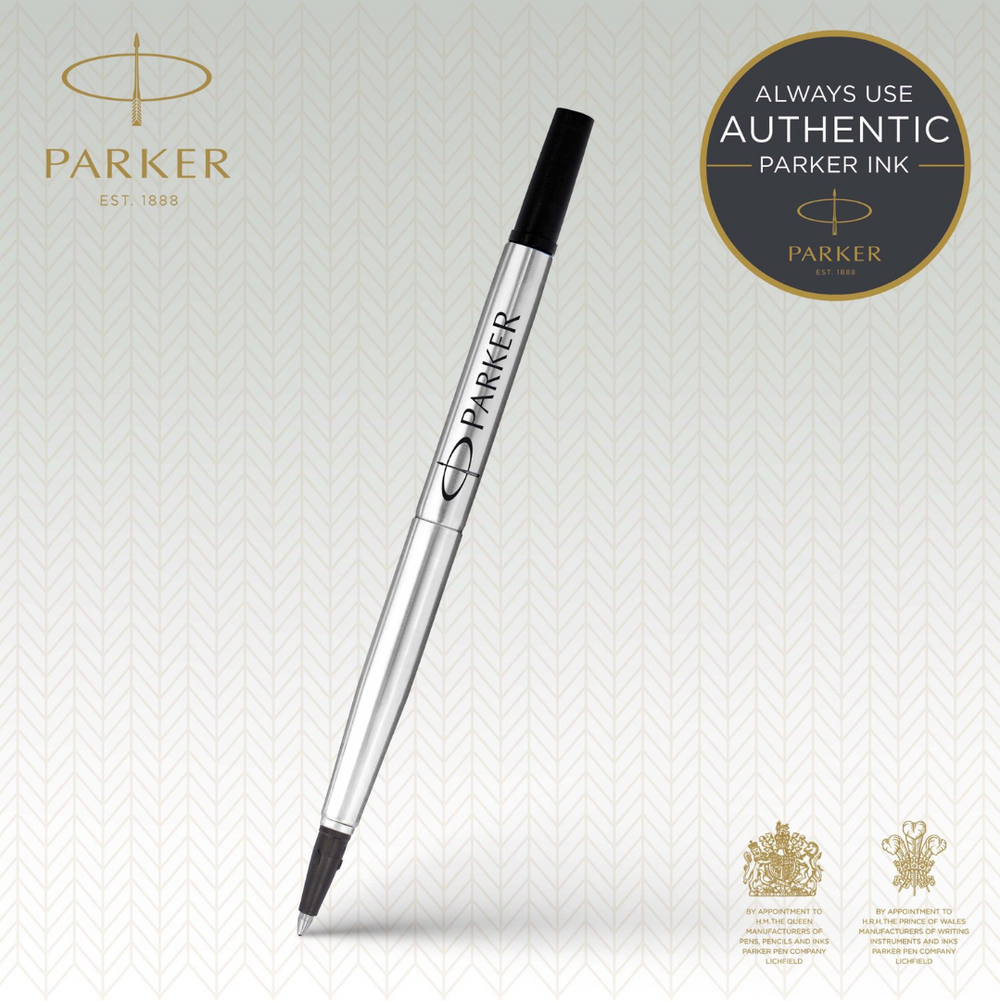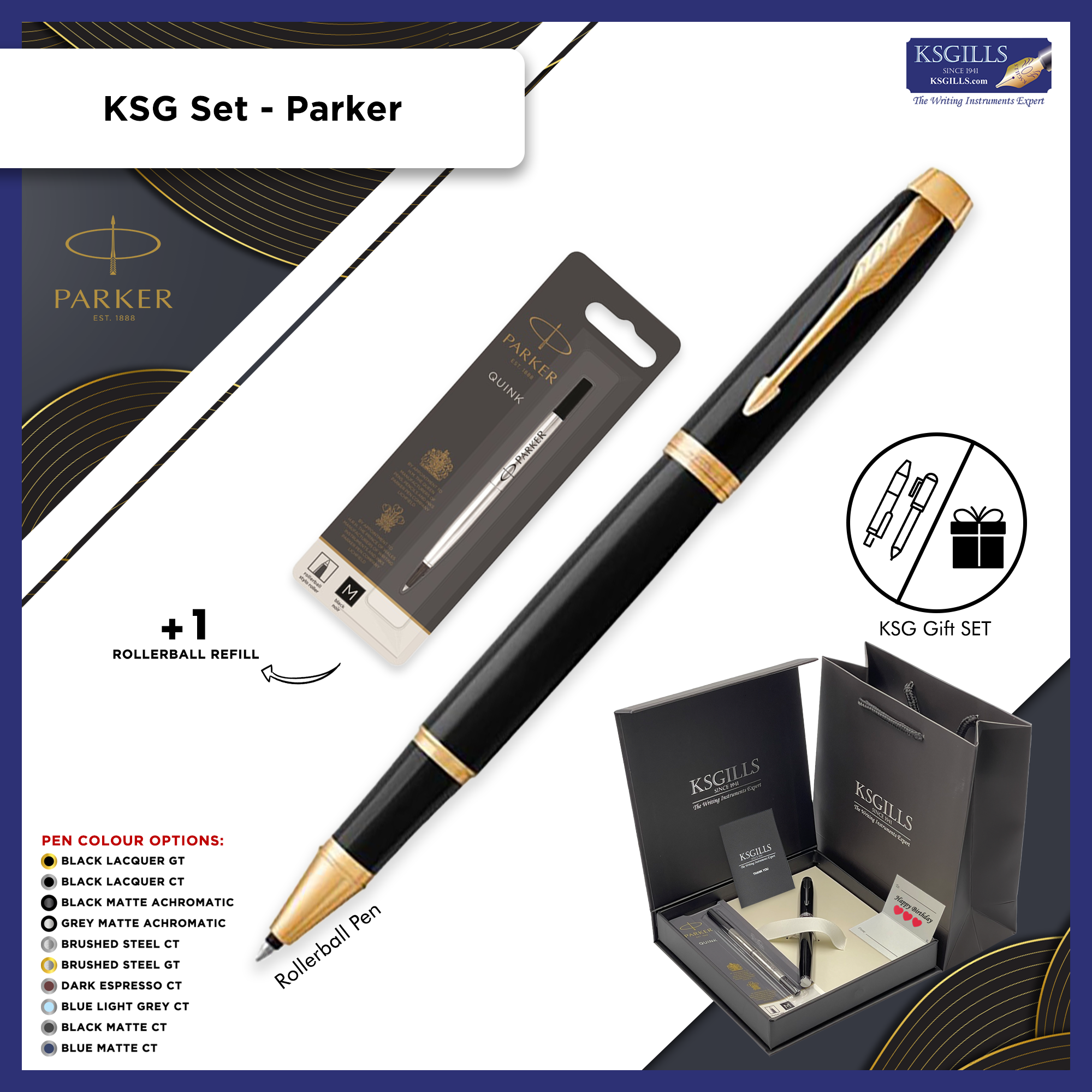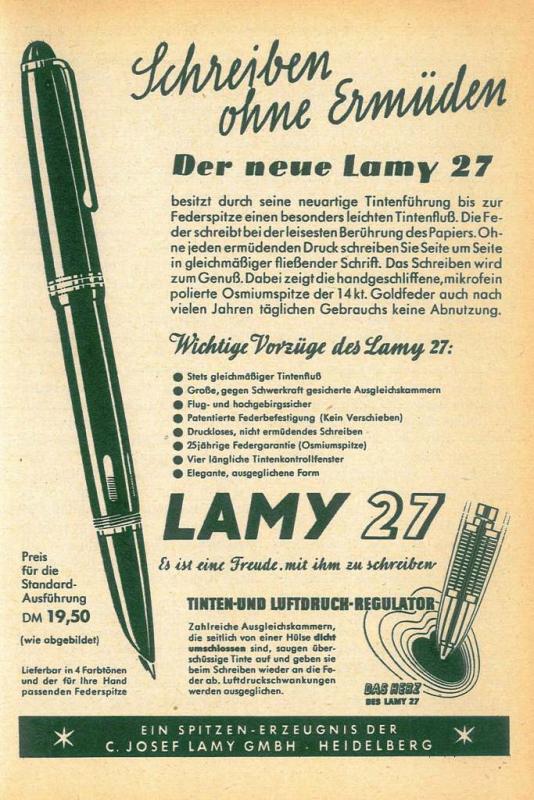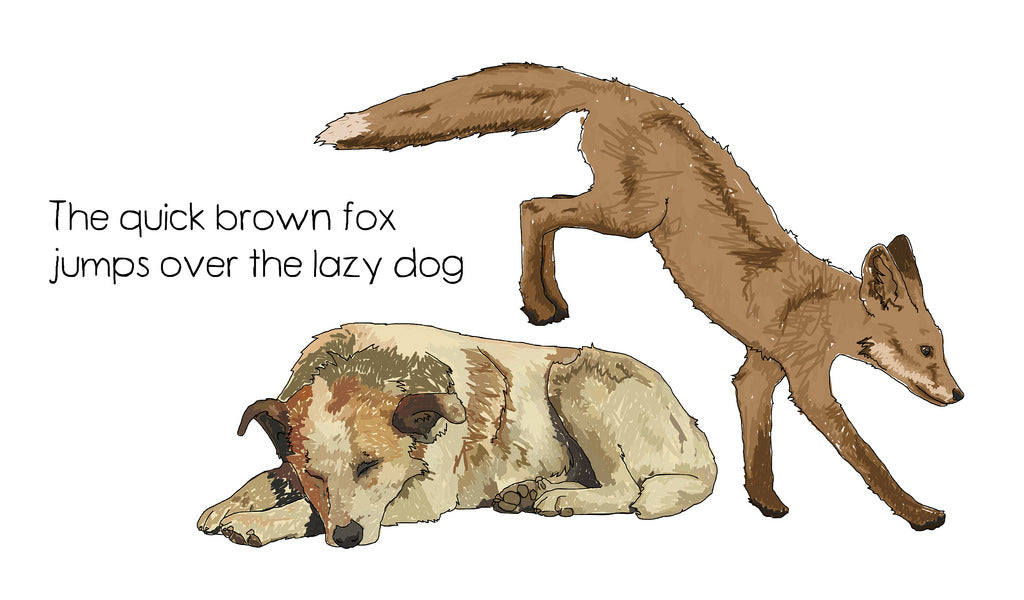Cursive Isn’t Dead Yet. Not If Denver’s Stanley British Primary Has Anything To Say About It
This is the digital age and I’m looking at something many have thought was increasingly near extinction. I’m looking at exquisite and beautiful cursive handwriting. It’s rare to see such painstaking effort put into penmanship.
Yet, there’s a sense among three young Denver students — 11-year-olds Liam Cassidy and Ashlyne Barringer, along with her 9-year-old brother Gavin — that writing longhand makes them feel like they are part of the adult world.
There are certainly few millennials, or even 30-somethings, who could perform that skill on demand as a requisite for adulthood. While they’re still a few years out from a world of full-time responsibility, these three from Denver’s Stanley British Primary Schoolhave just earned recognition in a national cursive writing contest.
Each, of course, had to write an essay.
“Every time I pick up a pen, I begin to think about all the reasons I love cursive,” Liam reads from his award-winning essay. “One example is, at times, cursive can be an excellent example of self-expression and catharsis…”

Writing sample from 11-year-old Liam Cassidy’s essay.
Jenny Brundin/CPR News
This is not griffonage — a fancy word for careless chicken scrawl — these are lovely loops, symmetrical slants and flawless flow. The three writing samples I’m looking at are all award winners in the annual Cursive is Cool contest by the national Campaign for Cursive.
Why does cursive need a campaign?
That’s an easy one for Stanley British Primary School’s “handwriting consultant,” Margarita Mehan, it’s “because no one was teaching it anymore and there were no expectations in the classrooms from teachers.”
Colorado’s academic standards have no expectations for handwriting or cursive, it’s up to each district. By first or second grade, many teachers switch to keyboarding. A 2011 Denver Post story noted that Colorado schools were moving away from handwriting, with an introduction to it generally coming in the middle of third grade. One kindergarten teacher told the Post that she couldn’t see making cursive required, “because keyboarding is so much faster.”
At Stanley, printing is taught in Kindergarten through the second grade; cursive takes over in third — along with learning to type — all the way to fifth grade. Teacher Liz Mohr said handwriting allows students to physically manipulate what are abstract symbols.
“It helps them consolidate their understanding of letters, of what they are and how they work, much faster than I think if we were to teach them just how to write with a keyboard.”

Writing sample from 11-year-old Ashlyne Barringer’s essay.
Jenny Brundin/CPR News
Mohr has brain science on her side for this one. It turns out, a neural circuit is activated when we write, which engages the brain’s motor pathways in a way that typing doesn’t. Another study shows that children who write with their hands produce more words more quickly than they do on a keyboard, and the study said, they express more ideas.
For Mohr, it’s really important to “allow children to interact with the world in ways that are not just in front of screens.”
- Is It Bad If Children Don’t Learn Handwriting?
When her Stanley teacher first said “you’re going to learn cursive,” Ashlyne thought, “I already know print and stuff, it just didn’t make sense to me.”
But she wrote once a week for three months, using the school’s curriculum, “Handwriting Without Tears,” and she got the hang of it.
Ashyne “felt there was a reason for why we learned” cursive, but in true youngster fashion, she couldn’t exactly explain it at first when asked.
Handwriting consultant Margarita Mehan sees it as a way to connect to family, offering the story of one of the students getting a thank you letter from her grandma.
“The granddaughter came to her and said, ‘grandma, can you please read it to me, because I cannot understand what you wrote to me,’ and it was very painful for her because she wrote a note and her granddaughter, whom she loves so much, couldn’t read it,” she said.
Ashlyne finally came around with an insight of her own: cursive was just another way of writing. She made the connection with the many languages across the globe.
“If you know English, OK, then you’re like, ‘why should I learn Spanish, why should I learn another language?’” she wondered, before answering her own example. “There’s a bunch of reasons why. You can go to a different country. You can speak with more people and stuff. Like in cursive, you’re able to read the Constitution if you know cursive.”
And that would make America’s founding fathers smile.
Article Source & Credit: http://www.cpr.org/news/story/cursive-isn-t-dead-yet-not-if-denver-s-stanley-british-primary-has-anything-to-say-about


![[Appreciation Gifts 2023] KSG set - Double Pen SET - Parker IM Rollerball & Ballpoint Pen - [Various Colours] - KSGILLS.com | The Writing Instruments Expert](http://ksgills.com/cdn/shop/files/WhatsAppImage2023-08-19at3.14.43PM.jpg?v=1764419608&width=900)
![[Appreciation Gifts 2024] KSG set - Double Pen SET - Parker IM Rollerball & Ballpoint Pen - [Various Colours] - KSGILLS.com | The Writing Instruments Expert](http://ksgills.com/cdn/shop/files/ksgills-fathers-day-gift-set.png?v=1764419608&width=1000)







![KSG set - Double Pen SET - Parker IM Fountain & Ballpoint Pen - [Various Colours] - KSGILLS.com | The Writing Instruments Expert](http://ksgills.com/cdn/shop/products/THUMBAIL_KSGGiftSet-ParkerIM-BlackGold-FP_BP-Main.png?v=1659158551&width=900)
![KSG set - Double Pen SET - Parker IM Fountain & Ballpoint Pen - [Various Colours] - KSGILLS.com | The Writing Instruments Expert](http://ksgills.com/cdn/shop/products/BlackGold.png?v=1693741987&width=1000)
Leave a comment